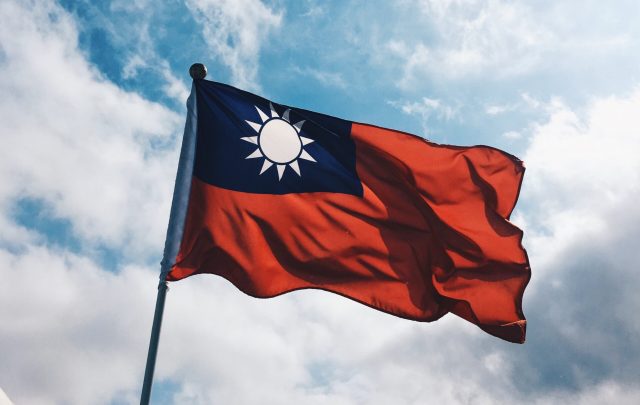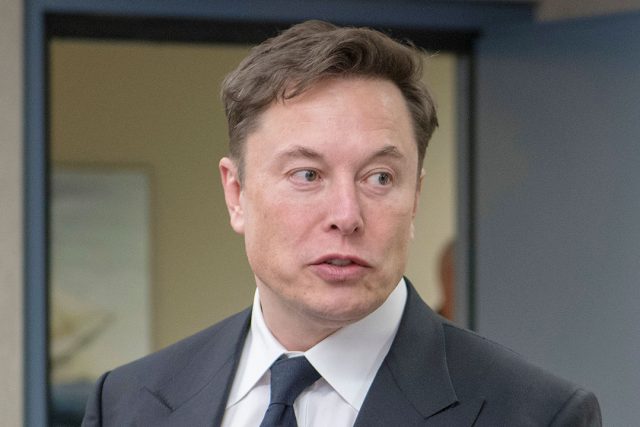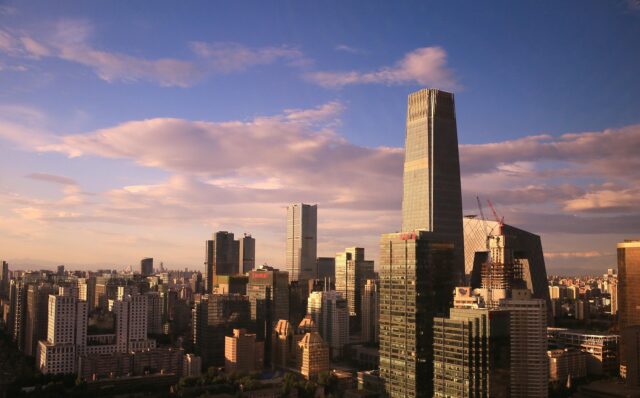BEIJING – China’s top court ruling that makes it illegal for businesses and employees to avoid social insurance payments is stoking fears about jobs and the survival of small firms, forcing Beijing to confront the risks of long-promised welfare reform.
The ruling, analysts and one government adviser say, aims to replenish depleted pension coffers in ageing regions and lay the groundwork for more generous welfare, helping China transition to a growth model that relies more on consumer demand and less on debt-driven infrastructure and industrial investment.
The Supreme People’s Court said this month the levies have always been mandatory, but acknowledged patchy enforcement. In practice, millions of workers informally agree with factories, construction firms, delivery services, restaurants and other small businesses not to pay into the scheme so they can keep the money.
Hit by higher U.S. trade tariffs this year, some factories have fired full-time staff and rehired them as day labour to save on pension, unemployment, medical and other insurance payments.
Analysts say the court ruling, which is effective September 1, could bring Beijing closer to meeting its long-standing pledge to bolster the safety net in the world’s second-largest economy, but it also poses a difficult test to the government’s broader reform ambitions as it creates immediate risks to economic growth if businesses and workers have less to spend.
Jia Kang, founding president of the China Academy of New Supply-Side Economics, told Reuters the decision could be “a matter of life or death for many small firms.”
Societe Generale estimates the costs to firms and consumers at about 1% of GDP if the ruling is enforced.
“China is confronting the core question of who pays for reform,” said Joe Peissel, an analyst at research firm Trivium.
As things stand, workers and businesses bear the burden, which undermines employment and consumption and may not be sustainable, he said. This calls for new policies to make more state resources available to the welfare system.
“The long-term success of these reforms will hinge on whether the government is willing to shoulder more of the cost,” said Mr. Peissel.
The human resources ministry, and the State Council Information Office, which answers media queries for the government, did not immediately respond to a comment request.
INSTANT IMPACT
Social insurance contributions differ by city but typically equal about a tenth of gross income for employees and roughly a quarter for employers.
That’s high by global standards and incentivises informal workarounds, economists say.
A complex system of paybands also makes social insurance payments highly regressive, with low-income workers bearing a heavier burden than top earners, discouraging them from paying, a 2024 report by China’s top legislature found.
A survey of more than 6,000 firms by human resources firm Zhonghe Group last year found only 28.4% of them were fully compliant with social insurance rules. Official data shows 387 million employees contribute to China’s urban pension scheme, roughly half of the workforce.
Mary Dai, 23, a waitress in the eastern city of Jinhua, said her boss asked her to accept a salary cut to 2,500 yuan from 4,000 yuan per month if they both had to pay contributions.
“It’s like one sweeping blow killing everyone” said Ms. Dai, adding such income would not cover her basic needs and she would return to her village to live with her parents.
Qin Sinian, a restaurant owner in the southwestern city of Mianyang, said he fired six of his 12 workers to be able to afford paying social insurance from next month.
His restaurant makes 700,000 yuan annually, of which 500,000 goes on rent, labour and ingredients. Social insurance will add 120,000 yuan, leaving just 80,000 yuan ($11,140) before taxes.
“It feels like being crushed beneath a mountain,” Qin said.
Social media users have also expressed a lack of trust in how their contributions are managed. A 2024 cabinet report found 13 provinces had diverted 40.6 billion yuan from pension funds to other expenditures.
Xiao Qiang, founder of U.S.-based censorship tracker China Digital Times, said some posts on this topic have been taken down, including views that the ruling disproportionately hurts the most vulnerable.
A construction worker from the central Hubei province, giving only her surname Li for privacy, said neither she nor her employer can afford social insurance on her 3,500 yuan wage.
“When they roll out these policies, do they even consider the struggles of people at the bottom?” Ms. Li said.
LABOR ‘SUPPRESSION’
Waiving social insurance payments has fed China’s economic imbalances at home and abroad.
It lowers factory labour costs and improves China’s export competitiveness. It makes public infrastructure works cheaper, which in turn lowers logistics costs for manufacturers and brings supply chains closer together.
But as China ages, missed payments pose risks to the pension system – predicted to run out of money by 2035.
It also worsens industrial overcapacity by freeing resources for factory expansion. And it forces workers to save for rainy days on their own, a key drag on consumer spending.
“A core flaw in China’s overall economic development has been relying on suppressed labour costs to compete, generating large trade surpluses, especially with the United States and Europe,” said a policy adviser, requesting anonymity due to the topic’s sensitivity.
“This is not a viable long-term path,” the adviser said, citing trade tensions. “If you can’t afford to pay wages, what kind of business are you running?”
The adviser suggested Beijing should increase unemployment benefits before tightening enforcement to cushion the blow of business closures.
Societe Generale analysts expect the government will either delay implementation or roll out more stimulus to offset the impact.
“Another shock to the labour market is the last thing policymakers would like to see,” they wrote in a note. – Reuters











